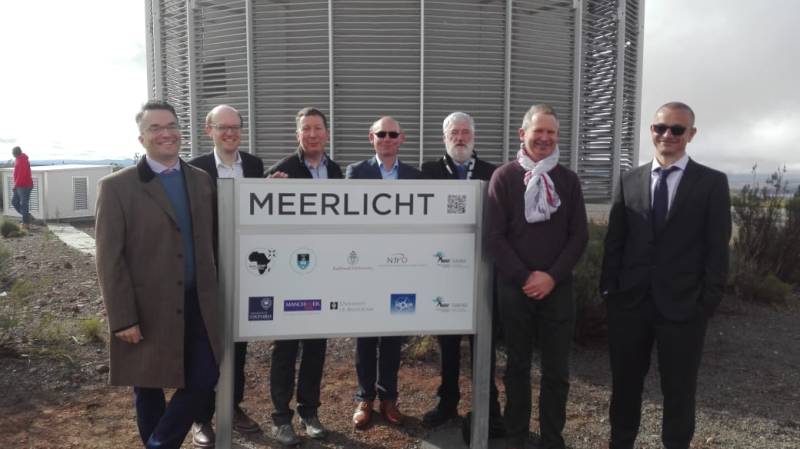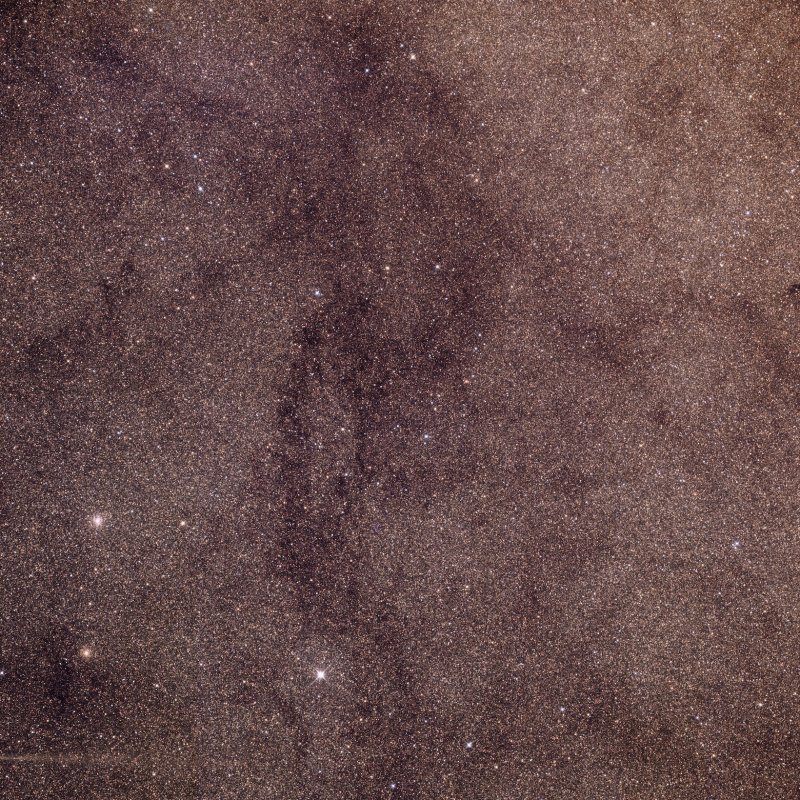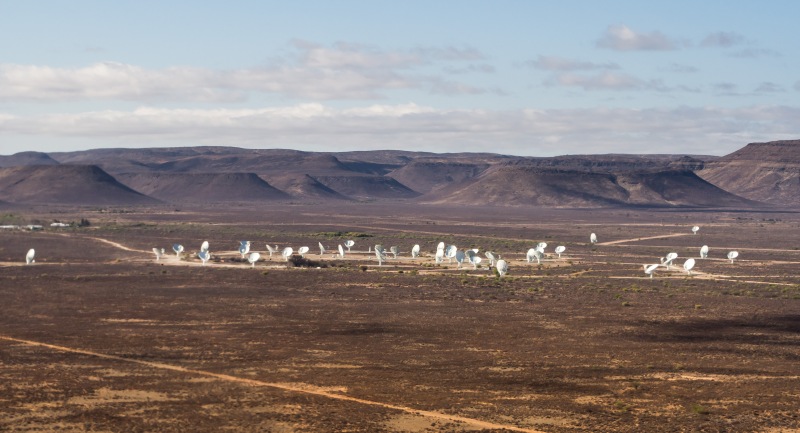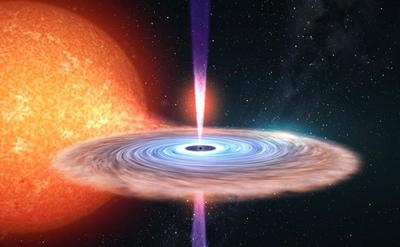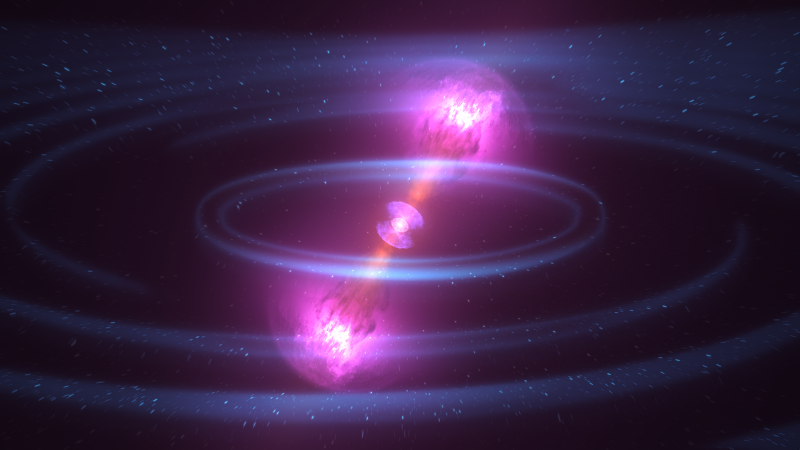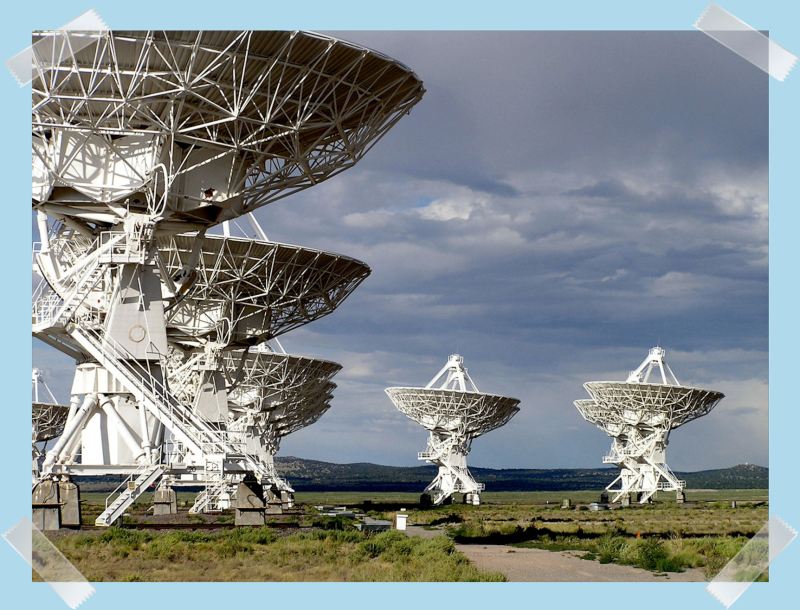On June 12, members of a new collaboration visited the AMI telescopes in Cambridge. A team led by Assaf Horesh, of the Hebrew University, Jerusalem, will work together with 4 PI SKY and Cambridge to perform a systematic study of radio supernovae with AMI-LA. We will also work together on the radio follow-up of Tidal Disruption Events.
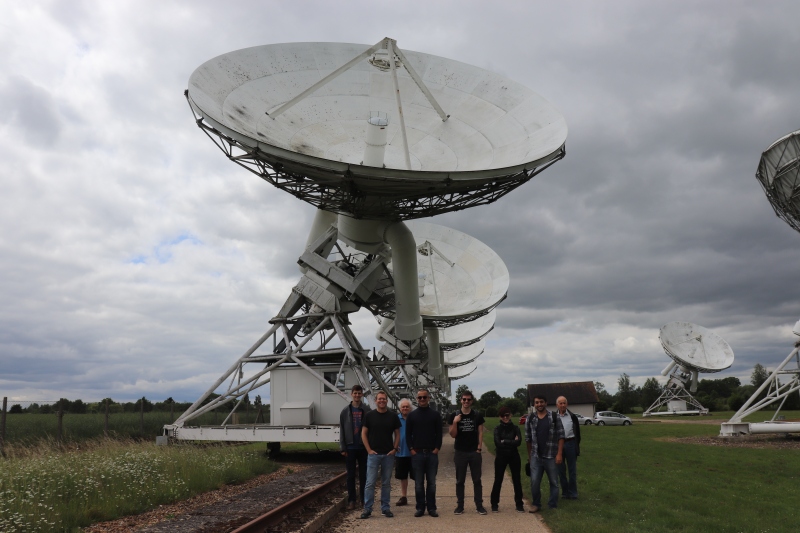 Here are members of the teams from Cambridge, Oxford and Jerusalem in front of the telescopes of the AMI Large Array. Typical English weather, but the telescopes working fine, observing targets for the 4 PI SKY transients programme as we stood there. From left to right: Patrick Elwood, Assaf Horesh, Richard Saunders, Rob Fender, Joe Bright, Sara Motta, Itai Sfaradi, Paul Scott.
Here are members of the teams from Cambridge, Oxford and Jerusalem in front of the telescopes of the AMI Large Array. Typical English weather, but the telescopes working fine, observing targets for the 4 PI SKY transients programme as we stood there. From left to right: Patrick Elwood, Assaf Horesh, Richard Saunders, Rob Fender, Joe Bright, Sara Motta, Itai Sfaradi, Paul Scott.
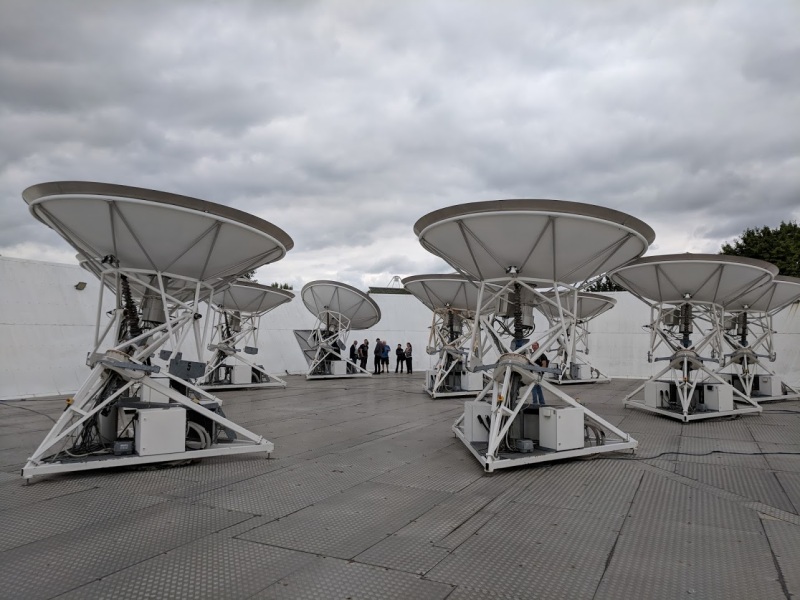 The teams in the AMI Small Array enclosure. AMI-SA was performing an extensive AGN monitoring programme at the time.
The teams in the AMI Small Array enclosure. AMI-SA was performing an extensive AGN monitoring programme at the time.
